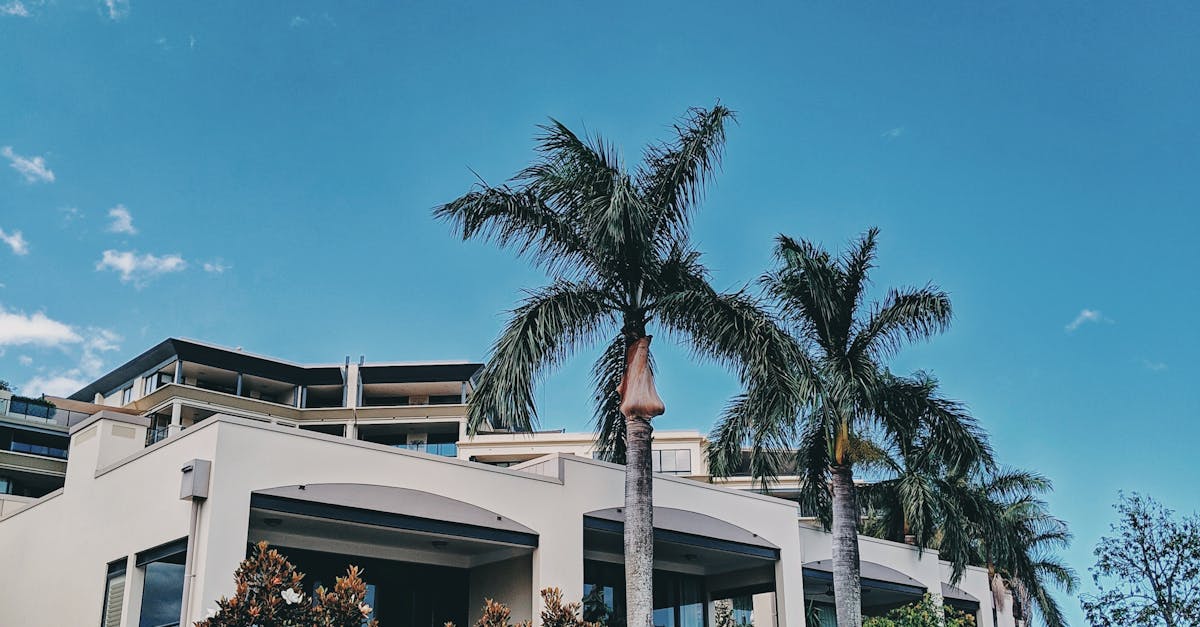
The Long-term Financial Savings of Choosing Synthetic Turf
Table Of Contents
Energy Savings
Choosing synthetic turf can lead to notable reductions in energy consumption. Traditional lawn maintenance, including mowing and watering, requires significant energy resources. Synthetic turf negates the need for constant mowing and irrigation systems, which lowers the electricity and water usage typically associated with natural grass care.
Moreover, the reduced need for maintenance equipment translates into decreased fuel expenses. Lawn maintenance machines consume both electricity and petrol, adding to long-term operational costs. With synthetic solutions, property owners can enjoy a beautiful landscape without the ongoing energy drain of traditional lawn care methods.
Lower Energy Costs for Maintenance Equipment
The use of synthetic turf significantly reduces the energy costs associated with maintenance equipment. Traditional grass requires regular mowing, which often involves fuel-powered lawn mowers and other machinery. In contrast, synthetic grass eliminates the need for frequent mowing, resulting in lower fuel consumption and less wear and tear on equipment.
Additionally, synthetic turf does not require watering or fertilising, which are commonly associated with the upkeep of natural lawns. This reduction in maintenance not only leads to decreased energy expenses but also promotes a more sustainable landscaping option. Homeowners and businesses can enjoy a lush, green appearance without the high operational costs linked to traditional maintenance practices.
Increased Property Value
Investing in synthetic turf can significantly enhance the aesthetic appeal of a property, making it a more attractive option for potential buyers. The lush, green appearance provides a well-maintained look year-round without the ongoing effort that natural grass demands. This instant visual upgrade can elevate the overall presentation of the home, contributing positively to its marketability.
Moreover, synthetic turf often translates to increased resale value. Homebuyers are increasingly recognising the long-term benefits of low-maintenance landscaping solutions. Properties featuring synthetic turf stand out in competitive markets, appealing to those seeking sustainability and reduced upkeep costs. Consequently, this demand can lead to higher offers and a more favourable selling experience.
How Synthetic Turf Enhances Curb Appeal
A well-maintained lawn significantly contributes to the overall aesthetic of a property. Synthetic turf provides a consistently lush appearance without the need for additional care. This grass-like surface remains vibrant all year round, regardless of weather conditions. Homeowners can enjoy a vibrant green space without the hassle of seasonal changes affecting its look.
Installation of synthetic turf can also enhance the functionality of outdoor spaces. It creates an inviting environment perfect for entertaining guests or for children to play safely. The versatility in design allows property owners to incorporate it into various landscapes, enhancing visual appeal. Such improvements can capture the attention of prospective buyers, making a property more appealing in competitive real estate markets.
Versatility of Use
Synthetic turf is not only limited to traditional sports fields or residential lawns; its applications extend into various sectors. Schools, parks, and commercial properties benefit from its durability and low maintenance requirements. Playgrounds can be outfitted with synthetic grass to create safe and enjoyable environments for children, while businesses can enhance their outdoor aesthetic with vibrant, green landscapes that remain pristine year-round.
In addition, synthetic turf is increasingly being used for residential backyard spaces, balconies, and rooftops. Homeowners seeking functional outdoor living areas can enjoy the beauty of grass without the hassle of traditional lawn care. This versatility makes it an ideal solution for diverse settings, meeting the needs of anyone looking to improve their outdoor spaces while maintaining a commitment to sustainability.
Different Applications for Synthetic Turf
Synthetic turf has become a popular solution across various settings due to its adaptability. Homeowners often utilise it for residential lawns, providing a vibrant green space that requires minimal upkeep. Sports facilities benefit significantly as well, with artificial grass being an ideal choice for fields, courts, and tracks where durability and consistent playing conditions are crucial.
Commercial properties also find synthetic turf advantageous, often incorporating it in outdoor areas such as cafes, shopping centres, and corporate buildings. The product can create attractive, functional spaces that encourage social interactions and enhance customer experiences. Schools and playgrounds are increasingly adopting synthetic surfaces for their safety features, ensuring children can play in a secure environment while reducing maintenance concerns.
FAQS
What are the main financial benefits of choosing synthetic turf?
The main financial benefits of choosing synthetic turf include lower energy costs for maintenance equipment, reduced water usage, and increased property value, all of which contribute to long-term savings.
How does synthetic turf contribute to energy savings?
Synthetic turf requires less energy for maintenance compared to natural grass, as it eliminates the need for frequent mowing, watering, and fertilising. This results in lower energy costs associated with maintenance equipment.
Will installing synthetic turf increase my property value?
Yes, synthetic turf can enhance curb appeal and overall property value, making your property more attractive to potential buyers or tenants, which can lead to a higher sale price or rental income.
Can synthetic turf be used for various applications?
Absolutely! Synthetic turf is versatile and can be used in a variety of settings, including residential lawns, commercial landscapes, playgrounds, sports fields, and even indoor spaces, providing numerous financial and aesthetic benefits.
What is the lifespan of synthetic turf, and how does it affect long-term savings?
Synthetic turf typically has a lifespan of 15-20 years, which means that while the initial investment may be higher, the durability and low maintenance costs over time lead to significant long-term savings compared to natural grass.
Related Links
Comparing Installation Costs of Synthetic Turf Versus Natural GrassEconomic Factors to Consider When Switching to Synthetic Turf
Tax Advantages of Installing Synthetic Turf in Commercial Properties
The Lifespan of Synthetic Turf and Its Economic Impact
Lower Maintenance Costs of Synthetic Turf Compared to Natural Grass
How Synthetic Turf Reduces Water Expenses for Brisbane Residents
Understanding the Cost Benefits of Synthetic Turf in Sports Facilities
Evaluating Return on Investment for Synthetic Turf Installations
Budget-Friendly Benefits of Synthetic Turf for Homeowners